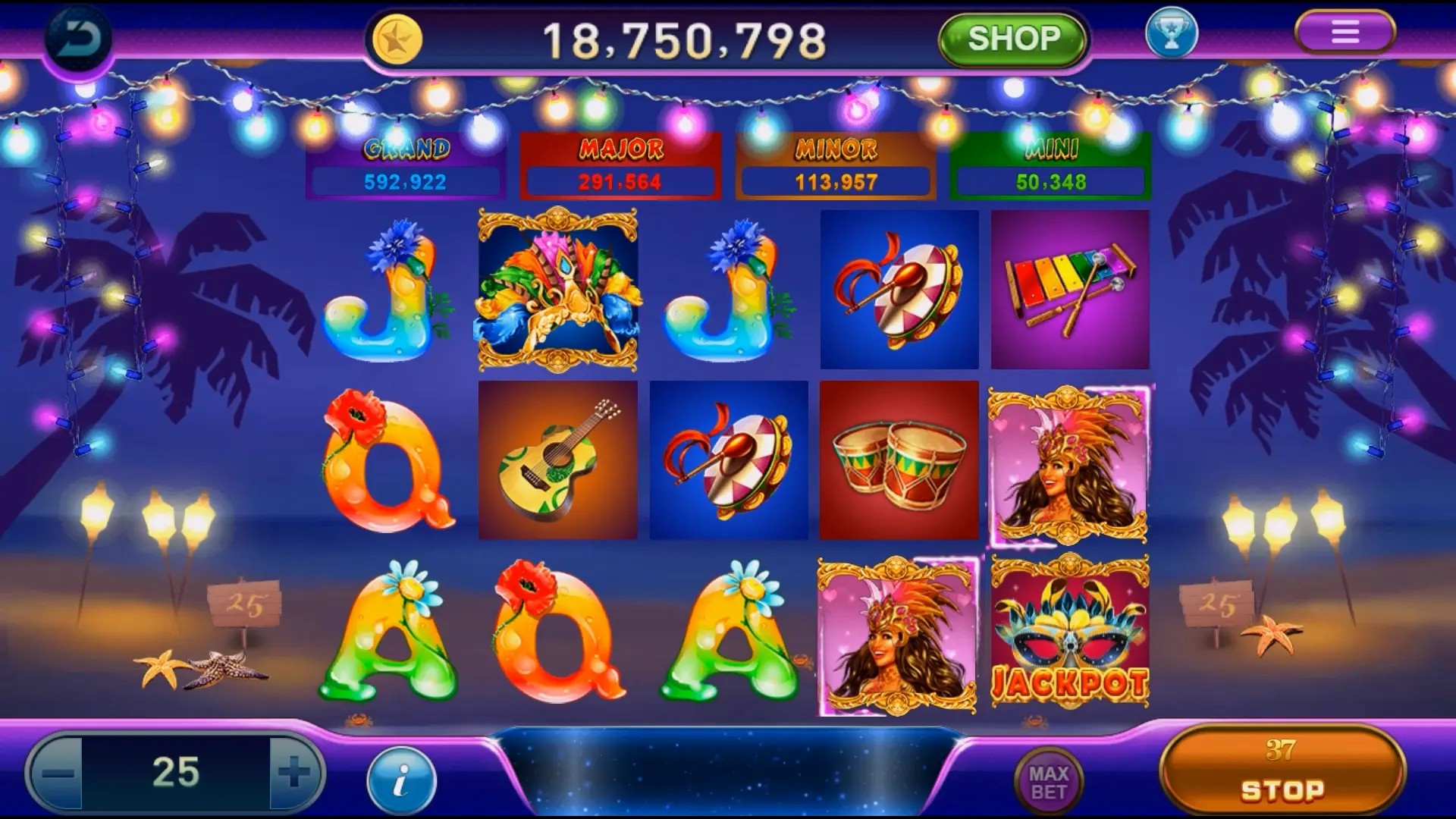Why MMORPGs Are Transitioning to Hyper Casual Games: A New Era of Gaming
In recent years, gamers have seen a fascinating evolution in the gaming landscape. The rise of MMORPGs (Massively Multiplayer Online Role-Playing Games) has been nothing short of spectacular. However, a new trend is emerging that is prompting a significant shift towards hyper casual games. This shift raises an intriguing question: What’s behind this transition and how is it reshaping the way we interact with games?
The Allure of MMORPGs
MMORPGs have traditionally captivated players with their rich narratives, expansive worlds, and deep character customization. Games like World of Warcraft and Final Fantasy XIV allow players to immerse themselves in intricate stories, forging alliances and battling formidable foes together. However, the commitment required to invest time into these games can be daunting.
What Are Hyper Casual Games?
Hyper casual games stand out in stark contrast. They are designed to be easy to pick up, play, and enjoy. Think about mobile games like Flappy Bird or Helix Jump. They have simple mechanics, intuitive gameplay, and often, require minimal investment of time. This has made them incredibly appealing, especially for gamers looking for quick experiences that fit into their busy lives.
The Shift Towards Simplicity and Accessibility
As the pace of life accelerates, players are increasingly drawn to experiences that don't demand extensive time commitments. The transition from MMORPGs to hyper casual games is driven by a desire for accessibility. Players now crave games that can be enjoyed during a short subway ride or while waiting in line. It’s a matter of convenience!
Why Are Players Making the Change?
- Time Constraints: Modern life is fast, and many players can't dedicate hours daily to a single game.
- Instant Gratification: Hyper casual games provide immediate rewards, contrasting the slow burn of MMORPGs.
- Social Connectivity: Many hyper casual games integrate social features, allowing friends to connect more readily.
The Popularity of Clash of Clans-like Games
Games similar to Clash of Clans represent the sweet spot between complexity and casual play. They require strategic thinking, but the learning curve is much gentler compared to traditional MMORPGs. These games can now be played swiftly and provide a satisfying blend of strategy and social interaction.
RPG Games for the Wii U: A Nostalgic Contrast
While hyper casual games are gaining ground, there's still a soft spot for RPGs, especially among fans of the Nintendo Wii U. The nostalgic charm of games like RPG games Wii U continue to bridge the gap between traditional MMORPGs and hyper casual experiences. The unique gameplay and rich storytelling can offer a refreshing change from the quick hits of hyper casual gaming.
Design Strategies for Success
Both MMORPGs and hyper casual games require unique design strategies to attract and retain players. MMORPGs focus on world-building, character development, and community. In contrast, hyper casual games emphasize engaging mechanics, quick feedback loops, and visual appeal. Successful transitions often blend elements of both.
Analytics in Gaming
Developers are now leveraging data analytics to understand player behavior better. By studying player engagement in both MMORPGs and hyper casual games, developers can create more appealing gaming experiences. This data-driven approach ensures that games meet the evolving preferences of their audience.
What Should Future Games Look Like?
The future of gaming may not solely consist of hyper casual or MMORPG genres. Instead, a hybrid model could emerge. Imagine an RPG infused with hyper casual mechanics, allowing for deep storytelling intertwined with quick, engaging gameplay. This dual approach could cater to a wider audience while keeping the core gaming experience intact.
The Role of Community in Hyper Casual Games
One notable aspect of MMORPGs is the sense of community they foster. Players form guilds, share strategies, and compete against each other. Hyper casual games are beginning to adopt similar models, incorporating social features that allow players to connect and engage with friends in short bursts. This trend signifies a blend of social interaction that appeals to both casual and dedicated gamers.
Conclusion: The Brave New World of Gaming
As we stand on the brink of this unprecedented shift in gaming culture, it’s essential to understand the nuances of player preferences. The transition from MMORPGs to hyper casual games reflects broader societal changes towards speed and accessibility. While MMORPGs have their charm, the rise of hyper casual presents exciting new possibilities for game developers and players alike.
In summary, the gaming landscape is more dynamic than ever. Whether you’re exploring rich narratives in MMORPGs or indulging in quick round of hyper casual games, remember: the essence of gaming lies in enjoyment and connection.



